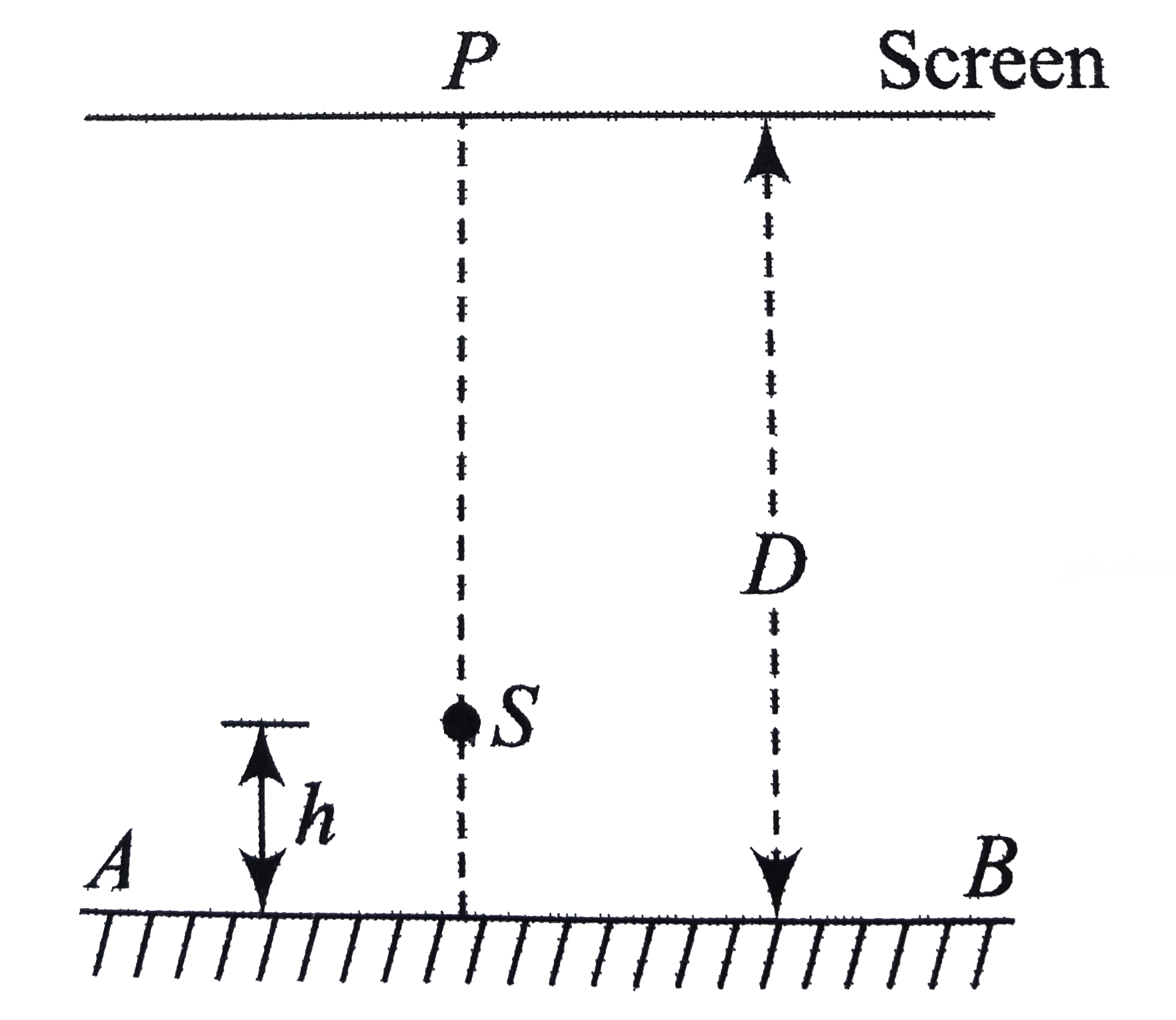Text Solution
Verified by Experts
Topper's Solved these Questions
WAVE OPTICS
AAKASH INSTITUTE ENGLISH|Exercise Assignment (Section-I (Subjective type question))|2 VideosUNITS AND MEASUREMENTS
AAKASH INSTITUTE ENGLISH|Exercise ASSIGNMENT (SECTION - D)|15 VideosWAVES
AAKASH INSTITUTE ENGLISH|Exercise ASSIGNMENT ( SECTION-D ( Assertion - Reason Type Questions ))|12 Videos
Similar Questions
Explore conceptually related problems
